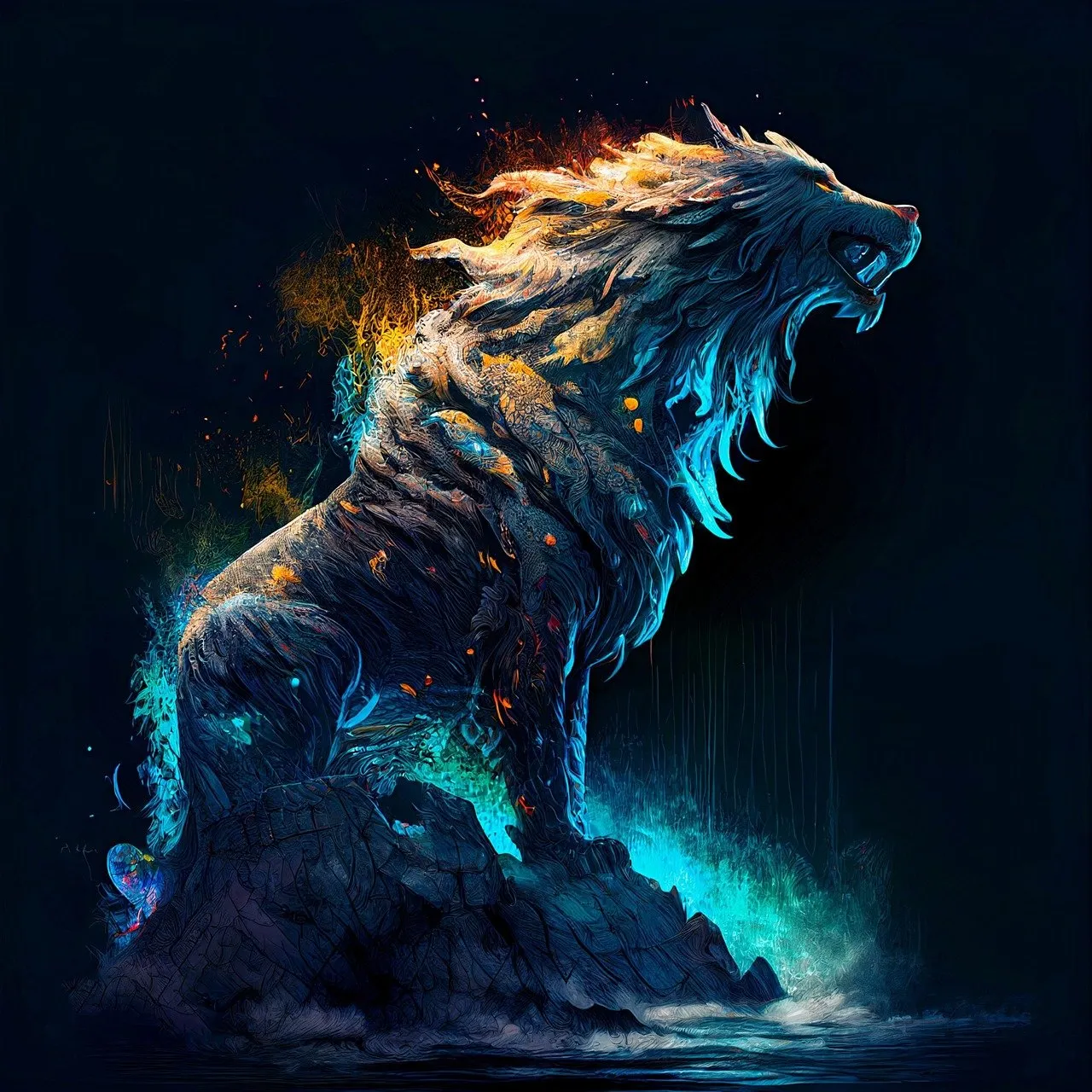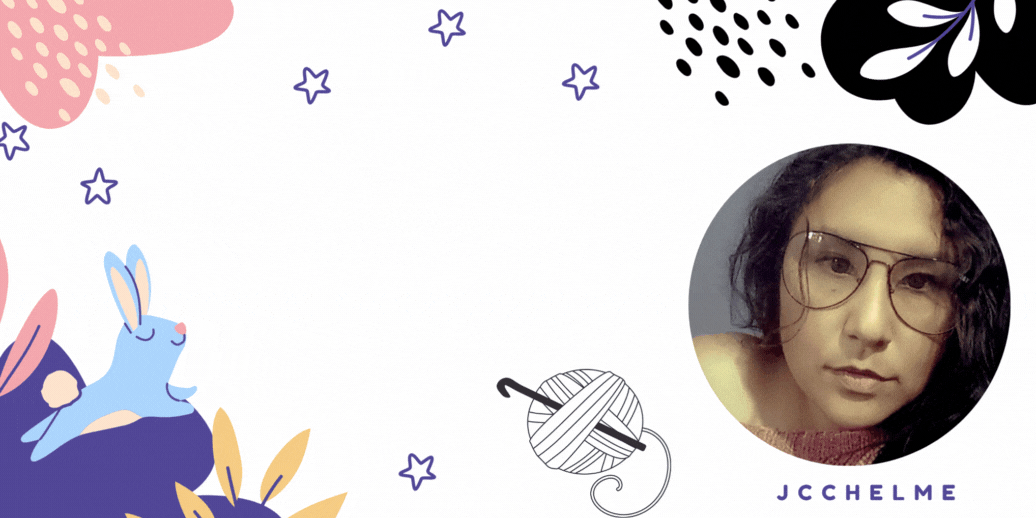
En el apacible pueblo de La Paz, donde los campos de café se extendían como un manto verde hasta donde alcanzaba la vista, un oscuro misterio envolvía la tierra fértil. Una serie de crímenes inexplicables asolaba la comunidad, casa por casa, y, curiosamente, los habitantes aún con vida se aferraban a su hogar, como si una fuerza invisible los mantuviera cautivos.
Lucía, una intrépida periodista de ojos avispados, decidió desentrañar el enigma que nublaba la tranquilidad de La Paz. Su investigación la llevó a descubrir que todos los asesinatos estaban conectados de manera insólita con la cosecha de café. Mientras exploraba los campos, notó que ciertas áreas tenían un aspecto desolado, como si la tierra misma hubiera sido testigo de algún acontecimiento insondable.
Decidida a descubrir la verdad oculta entre los surcos del café, Lucía se aventuró a excavar en busca de respuestas. Para su asombro, encontró una serie de inscripciones antiguas enterradas entre las raíces de los cafetos. Letras gastadas por el tiempo revelaban la existencia de un pacto ancestral entre los fundadores de La Paz y seres misteriosos que residían en las profundidades de la tierra.
A medida que la periodista profundizaba en la conexión entre el fósil y los asesinatos, descubrió que la entidad buscaba equilibrar la balanza entre la prosperidad de la cosecha y el sacrificio humano. Los fundadores, en su desesperación por el éxito agrícola, habían accedido a este trato siniestro. La cosecha abundante se mantenía a costa de vidas inocentes, un oscuro equilibrio que ahora amenazaba con desmoronarse.
Fue entonces cuando Lucía descubrió la verdad más impactante: las familias del pueblo conocían el pacto desde generaciones anteriores. Sabían que algunos debían morir para mantener la prosperidad de la cosecha. La cabeza que fue encontrada en una de las escenas de crimen no pertenecía a un ser humano, sino a un perro guardián que había sido asesinado por los pobladores. Los seres ancestrales les tenían prohibido tener mascotas que perturbaran la tierra sagrada.
Una familia, impulsada por el gran cariño que tenían por Kona, su mascota, no siguieron la orden de sacrificar al guardián canino. Esta transgresión desató la furia de los seres ancestrales. Lo que comenzó como una serie de asesinatos selectivos se transformó en una condena para todos los habitantes de La Paz. Los pobladores, que inicialmente conocían las reglas del pacto, ahora enfrentaban un destino cruel por no obedecer las órdenes establecidas. Aunque ellos, por miedo, asesinaron al pobre animal, de todas maneras incumplieron el pacto.
Don Mateo, un anciano sabio del pueblo, susurró a Lucía sobre este antiguo secreto. Reveló que los cuerpos en el cementerio no dejaban huella alguna; se convertían en polvo, como si los seres ancestrales se encargaran de borrar cualquier evidencia de su existencia. La periodista se enfrentaba a un dilema desgarrador: revelar la verdad y enfrentarse a la ira de los seres ancestrales, o guardar silencio y permitir que la maldición se perpetuara.
La noche caía sobre La Paz cuando Lucía, con lágrimas en los ojos y el peso de una decisión imposible, contempló el pueblo dormido. La cosecha de café seguía creciendo en los campos, pero a un costo inhumano. La periodista sabía que su elección determinaría el destino de La Paz, un pueblo atrapado entre el éxito y la tragedia, entre la prosperidad y el oscuro pacto que amenazaba con consumirlos a todos.
Entre sus pensamientos y la presión de una elección inminente, Lucía decidió enfrentar la verdad con valentía. Armada con su determinación y un fósil que ahora poseía un significado más profundo, se dirigió a la plaza central de La Paz. El pueblo despertaba lentamente, ajeno al conflicto que se gestaba en sus entrañas.
Lucía reunió a los habitantes en la plaza, compartiendo la historia que había descubierto, revelando los pactos y la conexión entre los asesinatos y la cosecha próspera. El miedo se reflejaron en los rostros de los pobladores mientras absorbían la impactante verdad de ser descubiertos. Pero Lucía no estaba sola en su revelación; la familia que rompió el pacto, en especial la niña dueña de Kona les dijo que lo que hicieron estaba muy mal y era injusto.
El murmullo del pueblo creció, y con él, la oscura presencia de los seres ancestrales se manifestó en la tierra. La tierra tembló, las sombras se retorcieron y una neblina misteriosa se alzó desde el suelo. Los pobladores, ahora conscientes de su destino inminente, enfrentaron con resignación la ira de las entidades ancestrales.
In the peaceful town of La Paz, where coffee fields stretched like a green blanket as far as the eye could see, a dark mystery enveloped the fertile land. A series of inexplicable crimes ravaged the community, house by house, and curiously, the surviving inhabitants clung to their homes, as if an invisible force kept them captive.
Lucía, a fearless journalist with sharp eyes, decided to unravel the enigma clouding La Paz's tranquility. Her investigation led her to discover that all the murders were oddly connected to the coffee harvest. While exploring the fields, she noticed certain areas looked desolate, as if the land itself had witnessed some unfathomable event.
Determined to uncover the hidden truth among the coffee rows, Lucía ventured to dig for answers. To her amazement, she found a series of ancient inscriptions buried among the coffee tree roots. Time-worn letters revealed the existence of an ancestral pact between La Paz's founders and mysterious beings residing in the depths of the earth.
As the journalist delved into the connection between the fossil and the murders, she discovered that the entity sought to balance the scale between harvest prosperity and human sacrifice. The founders, desperate for agricultural success, had agreed to this sinister deal. Abundant harvest was maintained at the cost of innocent lives, a dark equilibrium now threatening to crumble.
It was then that Lucía uncovered the most shocking truth: the town's families had known about the pact for generations. They knew that some had to die to sustain the harvest's prosperity. The head found at one crime scene didn't belong to a human but to a guardian dog that had been killed by the villagers. The ancestral beings had forbidden them from having pets that would disturb the sacred land.
A family, driven by their deep affection for Kona, their pet, defied the order to sacrifice the canine guardian. This transgression unleashed the fury of the ancestral beings. What started as a series of selective murders transformed into a condemnation for all of La Paz's inhabitants. The villagers, who initially knew the pact's rules, now faced a cruel fate for disobeying the established orders. Though they, out of fear, killed the poor animal, they still broke the pact.
Don Mateo, an elderly sage of the town, whispered to Lucía about this ancient secret. He revealed that the bodies in the cemetery left no trace; they turned to dust, as if the ancestral beings erased any evidence of their existence. The journalist faced a heart-wrenching dilemma: reveal the truth and face the wrath of the ancestral beings, or remain silent and allow the curse to perpetuate.
Night fell over La Paz as Lucía, with tears in her eyes and the weight of an impossible decision, surveyed the sleeping town. The coffee harvest continued to grow in the fields, but at an inhumane cost. The journalist knew her choice would determine La Paz's fate, a town trapped between success and tragedy, between prosperity and the dark pact threatening to consume them all.
Amidst her thoughts and the pressure of an imminent choice, Lucía decided to confront the truth with courage. Armed with her determination and a fossil that now held deeper meaning, she headed to La Paz's central square. The town slowly woke, unaware of the conflict brewing in its depths.
Lucía gathered the inhabitants in the square, sharing the story she had uncovered, revealing the pacts and the connection between the murders and the prosperous harvest. Fear reflected on the faces of the villagers as they absorbed the shocking truth of being exposed. But Lucía wasn't alone in her revelation; the family that broke the pact, especially the girl who owned Kona, told them what they did was very wrong and unjust.
The town's murmur grew, and with it, the dark presence of the ancestral beings manifested in the land. The earth trembled, shadows twisted, and a mysterious mist rose from the ground. The villagers, now aware of their imminent fate, faced with resignation the wrath of the ancestral entities.

En ese momento crucial, cuando el pueblo estaba envuelto en una atmósfera sobrenatural, Lucía notó un cambio en el fósil que sostenía la niña entre sus manos. Emitió un resplandor, como si reconociera que algo estaba pasando que afectaría a su familia. De pronto emergió del fósil una figura fantasmal de un perro enorme, quien se interpuso entre los seres ancestrales y la gente del pueblo. Este pequeño milagro atrajo a todos los espíritus de los animales sacrificados por el pueblo, la atención de los seres ancestrales, que, por un instante, cesaron su furia y observaron con una mirada que combinaba curiosidad y sorpresa.
Fue entonces cuando las entidades ancestrales, aunque antiguas y misteriosas, parecían comprender la intención sincera detrás de este acto por parte de los animales que en vida fueron del pueblo. La neblina se disipó, la tierra dejó de temblar, y un susurro antiguo se desvaneció en el viento.
La Paz, después de haber enfrentado su oscuro pasado, se sumió en un silencio reverencial. La cosecha de café continuó, pero esta vez,
sin el precio de vidas inocentes. Los habitantes, marcados por la experiencia, decidieron vivir en armonía con la tierra y respetar las lecciones aprendidas de sus antepasados arrepentidos por el daño que hicieron tanto a su misma gente como a los animales que terminaron salvándolos.
Lucía, aunque dejó el pueblo después de su revelación, se convirtió en una leyenda en La Paz. Su valentía y determinación para desentrañar el misterio dejaron una huella imborrable en la historia de este pueblo.
In that crucial moment, when the town was enveloped in a supernatural atmosphere, Lucía noticed a change in the fossil the girl held in her hands. It glowed, as if recognizing that something was happening that would affect her family. Suddenly, a ghostly figure of a huge dog emerged from the fossil, standing between the ancestral beings and the townspeople. This small miracle attracted all the spirits of the animals sacrificed by the town, the attention of the ancestral beings, who, for a moment, ceased their fury and observed with a gaze that combined curiosity and surprise.
It was then that the ancestral entities, though ancient and mysterious, seemed to understand the sincere intention behind this act by the animals who had once belonged to the town. The mist dissipated, the earth stopped shaking, and an ancient whisper faded into the wind.
La Paz, after facing its dark past, fell into a reverential silence. The coffee harvest continued, but this time, without the price of innocent lives. The inhabitants, marked by the experience, chose to live in harmony with the land and respect the lessons learned from their repentant ancestors, who had harmed both their own people and the animals that ultimately saved them.
Lucía, though she left the town after her revelation, became a legend in La Paz. Her courage and determination to unravel the mystery left an indelible mark on the town's history.

Historia creada para el desafío Hispaliterario 29/ La única evidencia
Story created for the challenge Hispaliterario 29/ The only evidence

